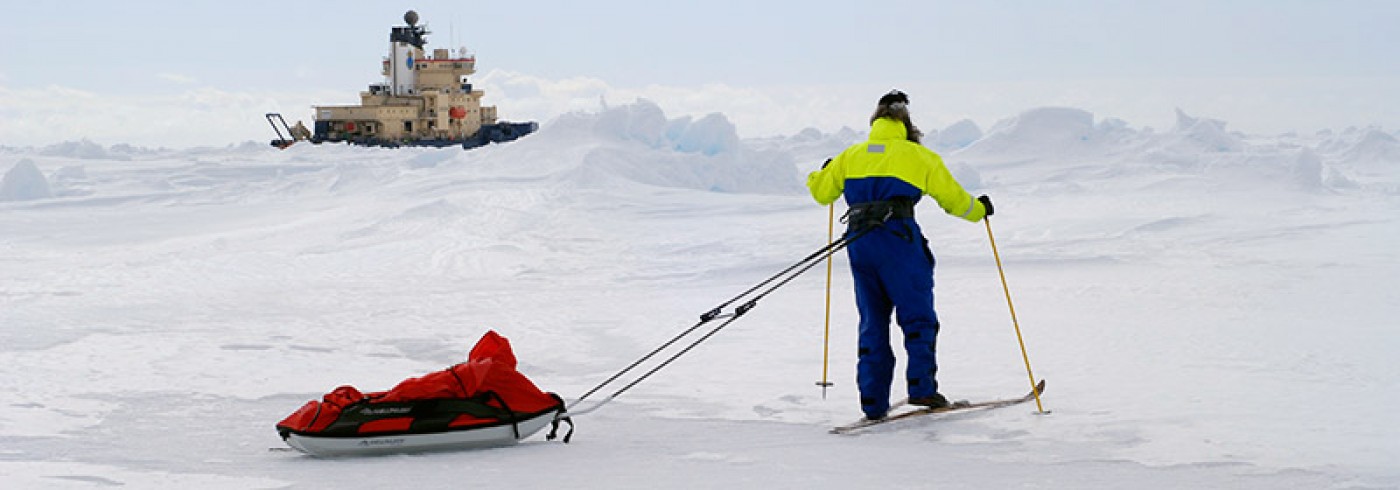Physical oceanography
26 November 2010 - 27 January 2011The glaciers emptying into the Amundsen Sea in West Antarctica have displayed accelerated thinning in recent decades. There are clear signs that this is caused by increased ocean-induced melting, related to the presence of warmer waters below the ice shelves. The Amundsen Shelf troughs are thought to be the main conduits of this warm water. Despite the importance of circumpolar deepwater (CDW) in the continental shelf of the Amundsen Sea, we still lack vital information about the spatial–temporal variability of CDW. The main objective of this expedition was to understand the spatial and temporal variation of the cdw on the shelf.
Our survey of the Central Amundsen Shelf included CTD and LADCP transects extending from the outer shelf across the shelf break at sites in the eastern and western Amundsen Sea and across the deep trough leading to the inner shelf. One mooring was recovered and redeployed at a depth of approximately 550 m.
A second mooring was deployed on the opposite side of the channel to capture the outflow so as to better understand the heat and freshwater budgets of the western shelf. The transect indicates an inflow of warm bottom water along the north-east slope of the trough, similar to what we observed in 2008/09. However, the 2010/11 bottom inflow was significantly weaker, colder, and thinner than the 2008/09 inflow.
We compared cross-slope sections with the situation in 2008/09, when there was a roughly 1000-m-thick eastward flow along the slope at speeds of approximately 20 cm/s affecting the bottom boundary layer. In 2010, there was no trace of such a strong current and no evidence of it in the bottom boundary layer.
The velocities observed at the mooring generally display considerable variability on tidal to seasonal time scales. Integrating the along-channel velocities with respect to time at the top and bottom levels illustrates this tendency towards onshelf movements near the bottom and weaker offshelf movements further up.









